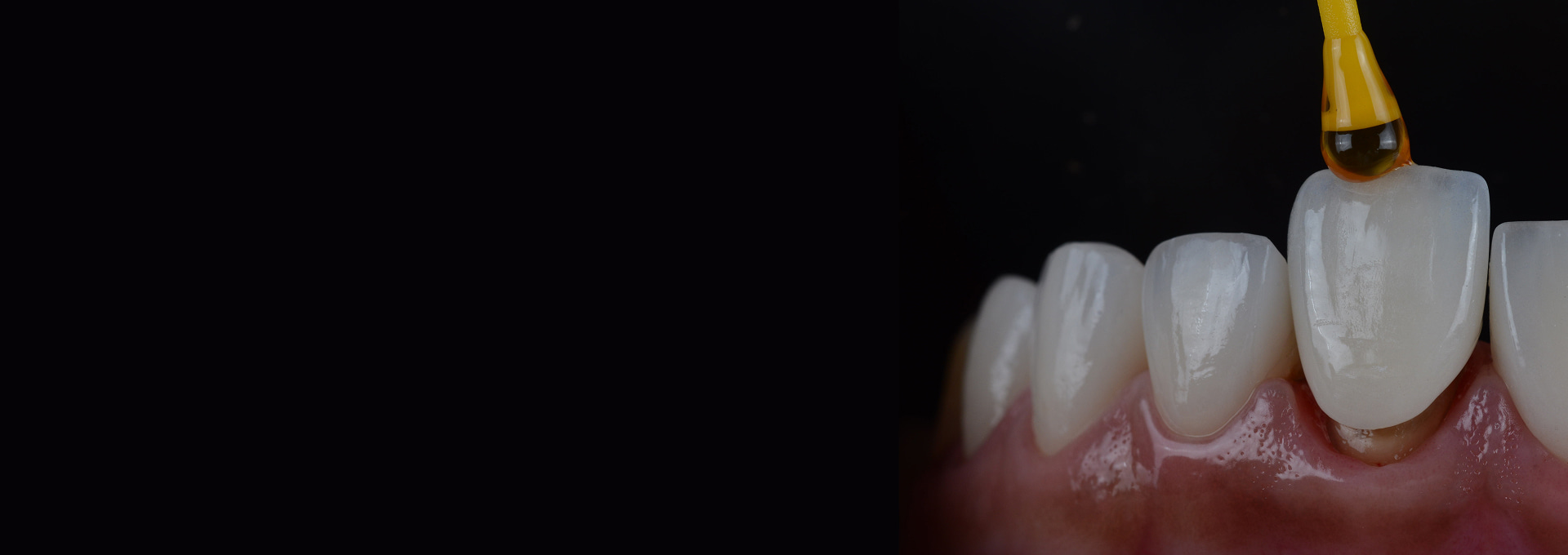Transform Your Smile with Precision and Care
Veneers are a simple yet effective way to enhance your smile by covering imperfections like chips, cracks, or discoloration. At Loves Park Family Dental and Orthodontics, we offer custom-made porcelain veneers that are designed to blend seamlessly with your natural teeth, giving you a bright, flawless smile that looks and feels great. Whether you’re looking to make small adjustments or completely redesign your smile, veneers can help you achieve a stunning transformation.

Who Can Benefit from Veneers?
Veneers are ideal for patients looking to improve the appearance of their teeth without extensive dental work. They’re perfect for covering stains that won’t go away with whitening, correcting slight misalignments, or restoring worn-down teeth. Whether you’re preparing for a special occasion or simply want to feel more confident in your smile, veneers can provide a lasting solution for individuals in Loves Park, IL, who are ready to take the next step in enhancing their smile.
Why Veneers Are a Popular Choice
Here’s why so many people love veneers:
Custom-designed to match the shape, size, and color of your natural teeth
Offers a quick solution for multiple cosmetic issues (discoloration, chips, misalignment)
Made from durable porcelain, resistant to staining and wear
Provides a natural look and feel that enhances your overall appearance
Minimally invasive procedure with little to no discomfort
Long-lasting results, often lasting 10-15 years with proper care
Ready for the smile you've always dreamed of? Our Loves Park team is here to help you achieve a flawless, natural look with customized veneers.
